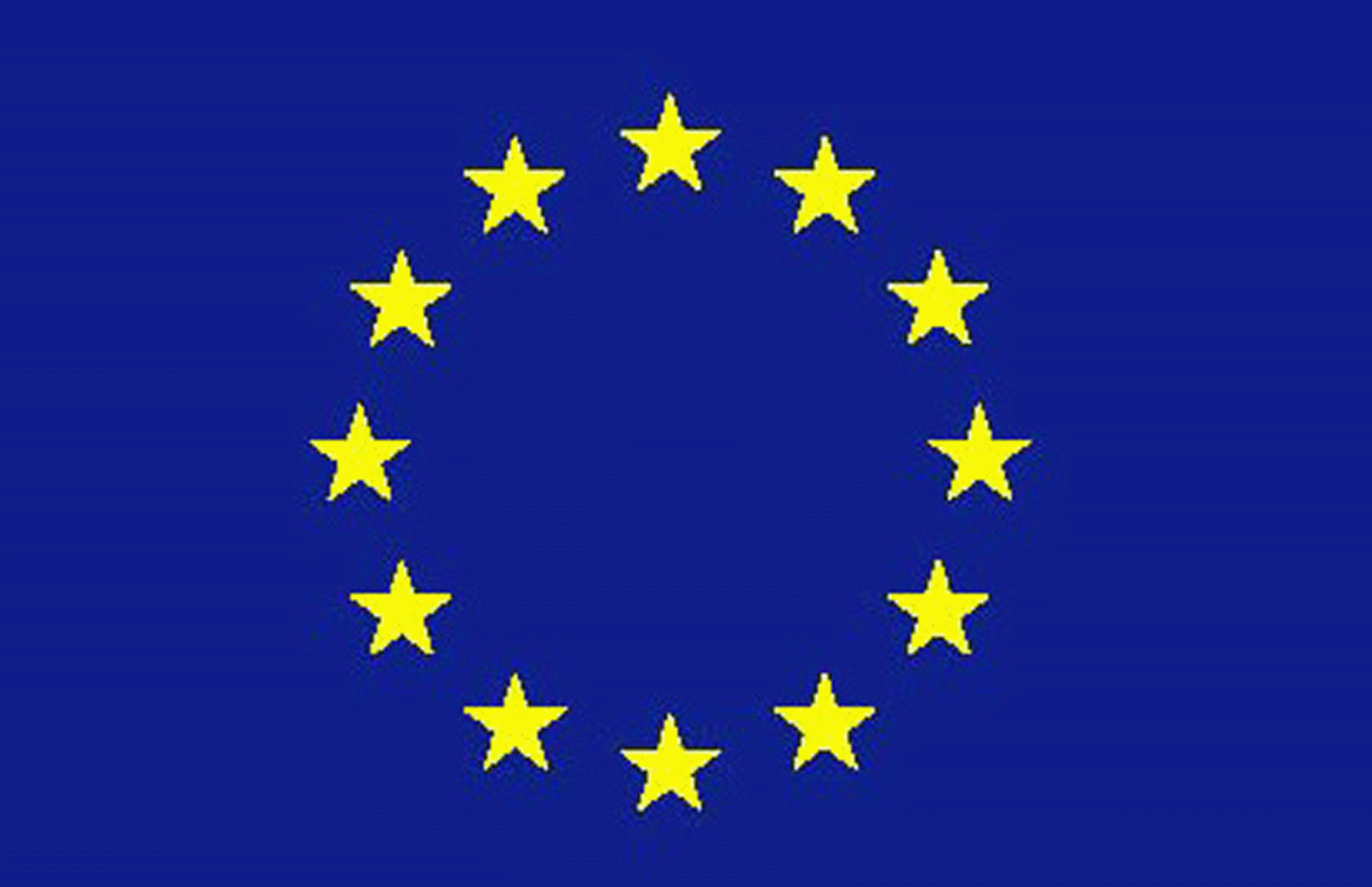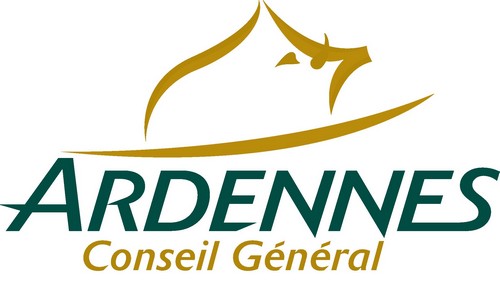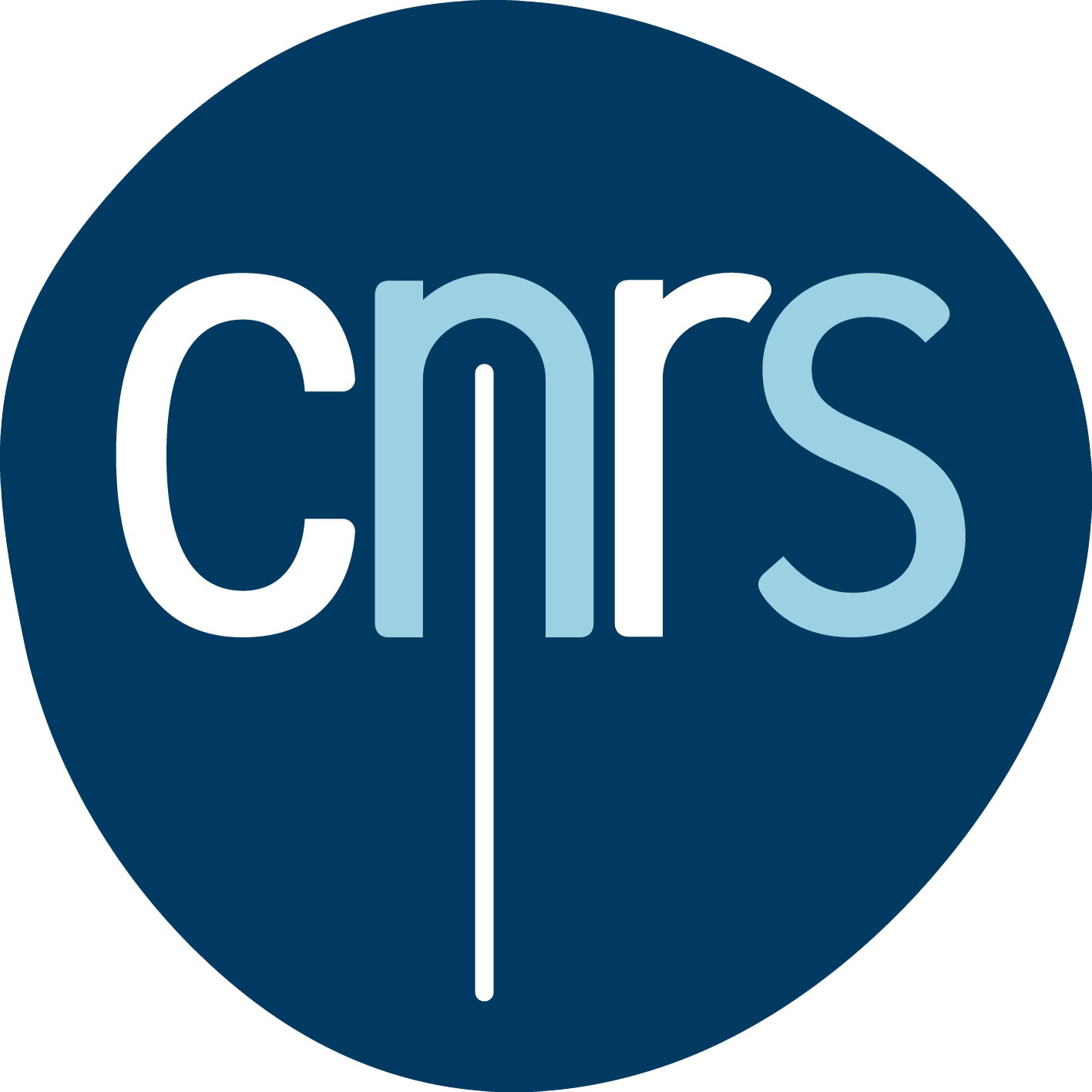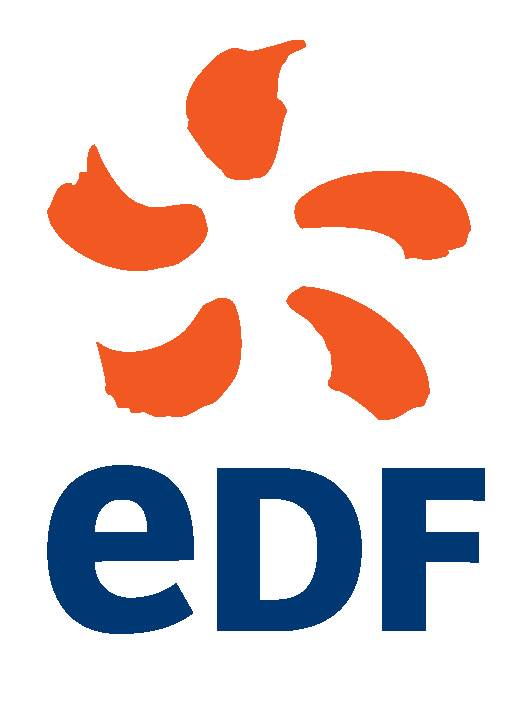Double Chooz in a nutshell
The Double Chooz experiment goal is to search for a non-vanishing value of the θ13 neutrino mixing angle. This is the last step to accomplish prior moving towards a new era of precision measurements in the lepton sector.
The most stringent constraint on the third mixing angle comes from the CHOOZ reactor neutrino experiment with sin2(2θ13)<0.2. Double Chooz will explore the range of sin2(2θ13) from 0.2 to 0.03, within three years of data taking. The improvement of the CHOOZ result requires an increase in the statistics, a reduction of the systematic error below one percent, and a careful control of the backgrounds. Therefore, Double Chooz will use two identical detectors, one at 400 m and another at 1.05 km distance from the Chooz nuclear cores.
In addition, we will use the near detector to investigate the potential of neutrinos for monitoring the civil nuclear power plants.
The Double Chooz collaboration is composed of institutions from Brazil, France, Germany, Italy, Japan, Russia, United Kingdom and USA. Two Letters of Intent have been released in 2004, and the experiment has been approved in France. The funding of the near laboratory in partnership with the EDF power company and the local authorities is currently being discussed.
The data taking with one detector has started at the end of 2010 and the plan is to have both detectors operating by the middle of 2012. With such a scenario Double Chooz will reach a sin2(2θ13) sensitivity of 0.06 after 1 year of operation with 1 detector, and 0.03 after 3 years of operation with both detectors.







